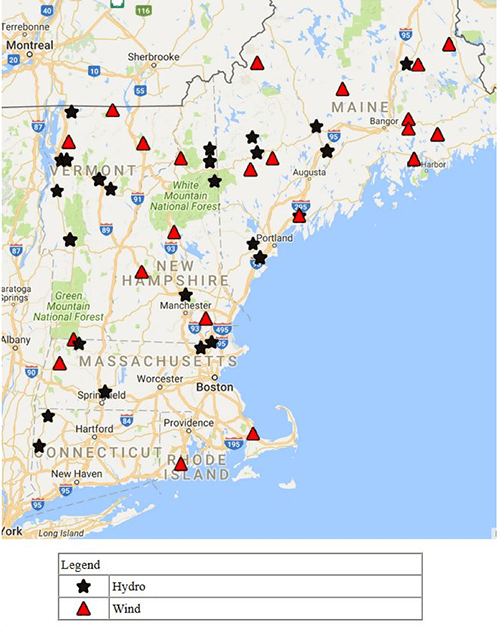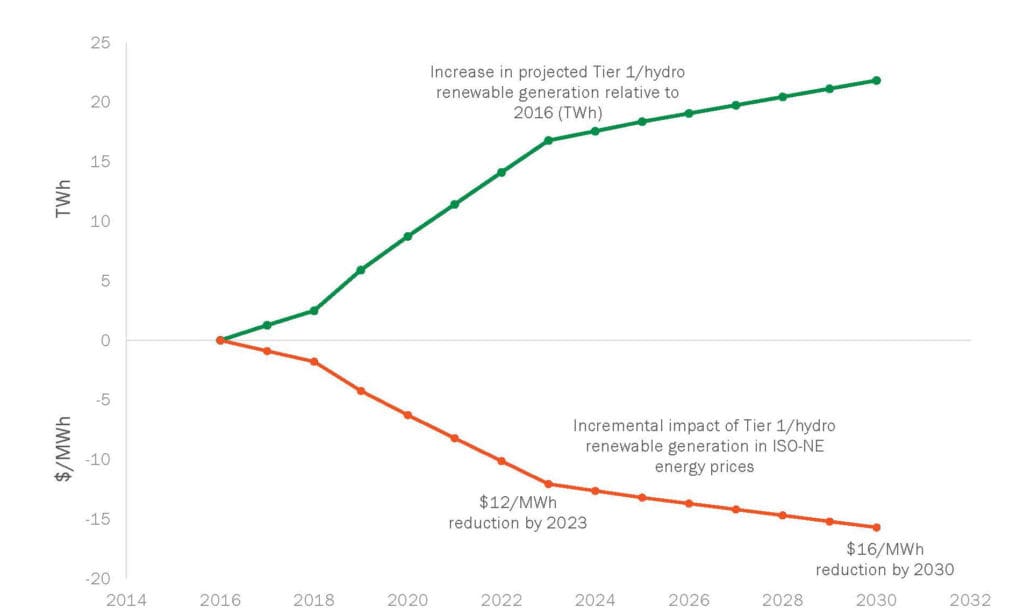In fact renewables are working on so many levels...costs, production levels, bringing power production local, cutting long transmission and, yes, balancing grid demands. And we have just scratched the surface on storage, on-demand technology, micro and smart grids. Renewables fix costs long-term and product the environment. This source is diverse and becoming even more mixed. Clean energy turns unused assets like root tops into big revenue producers, and turns waste into gold. Is there any other source so multi-dimensional in its value?

One of the biggest criticisms of renewable energy is that it is not “dispatchable.” “Dispatchable” electricity generators are the most useful ones to operators of the electricity grid, because grid operators can turn them on and off as needed, and more accurately control their output of electricity to keep the overall grid safe and reliable.
Although the criticism of renewable energy as non-dispatchable is believed by almost everyone, it is just wrong. Here in New England, renewable projects (specifically wind farms and run-of-river hydro-electric projects) have been fully dispatchable in the real time electricity market since May 25, 2016. This is a huge step forward that benefits both renewable energy developers (by increasing their profitability) and electricity customers (by lowering electricity prices).
The electricity grid in New England is run by the Independent System Operator-New England (ISO). In a previous blog, in September 2014, I reported on what were, back then, the ISO’s plans to make renewable generators in New England fully dispatchable. Those plans went live on May 25, 2016. After six months of operation, the ISO’s analysis of the program shows that it is working even better than the ISO had expected.
Today, 51 renewable energy facilities (22 wind, 29 hydro) in New England are fully dispatchable. They are located in every New England state:

Each of these generators is in constant communication via telemetry with the ISO Control Room in Holyoke, Massachusetts. Every five minutes, the ISO looks at the local wind or water flow conditions at the location of each of these generators; and every five minutes the ISO gives every generator a so-called “Do Not Exceed” (DNE) order, setting the maximum safe level for that generator to put electricity into the grid for that five-minute interval of time. As long as the generator does not go above its DNE level, the ISO considers the generator to be “within dispatch.”
How This Benefits Renewable Energy Developers
Renewable energy developers do not get paid for all the electricity they can produce; instead, they only get paid for the electricity that is bought by the ISO. Sometimes, renewable generators can produce more electricity than the ISO actually buys from them.
In fact, for years one of the biggest problems that renewable generators in New England have had is just this sort of curtailment by the ISO. In this context, “curtailment” occurs when, in order to maintain the safety of the overall electricity grid, the ISO tells generators to be off when they could have been on (or to produce less energy than their full capacity at that time). The ISO has sometimes had to do this to keep the electricity grid working properly, but the economic consequences for renewable developers were serious (and sometimes catastrophic).
Making renewable generators dispatchable has led to less curtailment, because the ISO is in more frequent contact with the renewable generators and can calibrate more accurately (and in smaller time increments) their actual output. In fact, since making renewable generators dispatchable in the real-time energy market, the ISO has curtailed those generators for 68% less time as compared to before May 25. Thus, renewable generators have made more money.
That is good for the generators and good for the environment. It makes new investment in renewables more attractive, and can have a meaningful effect on mitigating climate change. But what about electricity customers (you and me)?
How This Benefits Customers
Making renewable generators dispatchable has also benefited electricity customers by reducing the price of electricity in New England. I have written before about the price-suppression effect of renewable energy in the electricity market. And, in this blog, I explained that the ISO’s market rules say that only dispatchable resources are eligible to set price in the real time market.
Because renewable generators have no fuel cost, renewable energy is always cheaper than fossil-fuel electricity. That’s why the growth of renewable energy drives down electricity costs for consumers. In fact, this chart shows the direct correlation:

The green line at the top of the chart shows the projected growth of renewable energy in New England by year (measured in terawatt hours). The bottom, red line shows the associated decrease of energy prices. Those annual price decreases are caused directly by the presence of renewable energy on the system.
Now that renewable energy is dispatchable, it is eligible to set prices in the ISO-run markets. In fact, since May 25, 2016, renewable generators have set the price of electricity 13% of the time. This has led to savings for electricity customers.
Three Take-Home Lessons for New Englanders
Lesson One – Don’t let anyone tell you that renewable energy “isn’t dispatchable.” Today, there are 51 renewable energy projects, in every state in New England, that are fully dispatchable.
Lesson Two – Don’t let anyone tell you that renewable energy is too expensive. The presence of renewable energy in the overall electricity market is driving down costs for consumers.
Lesson Three – Making renewable energy dispatchable in the real time energy market is a classic win-win situation. Renewable energy developers benefit by selling more power and making more money. The environment benefits by creating more generous incentives for renewable energy and driving down carbon emissions. And ratepayers benefit from lower electricity prices.

No comments:
Post a Comment